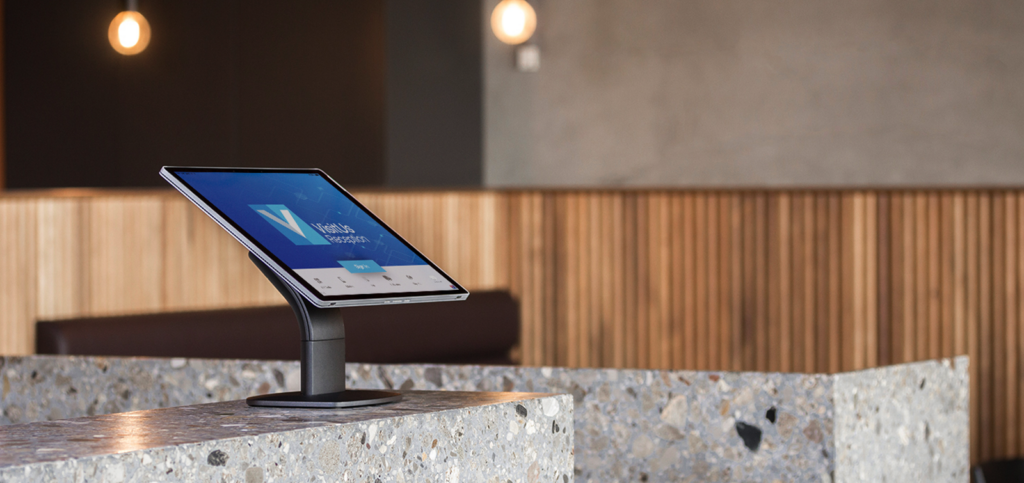
Adapting Your Workplace for a Return to Office
We want to help make sure that your office is safe, secure, and ready for a return to office for your employees.
The coronavirus pandemic has shifted work dynamics across the world and changed the way many of us do business.
Here we’ll discuss how some companies were successful in the way that they reacted to the pandemic.
We can also offer some guidance for organization’s, so that they can best prepare workers returning to the office.
Quick links
How did most successful companies react to the pandemic?
What changed for employees?
Why is it important to return to the office?
How to create a flexible hybrid workplace
Conclusion
How did most successful companies react to the pandemic?
Employers regardless of industry had immediate technology challenges to enable remote work arrangements.
Some companies struggled with the high costs of remote productivity software as they weren’t prepared.
They also had to make sure their employees felt engaged with the company even when they hadn’t been to the office work weeks.
Once they had employees set-up to work remotely it was then a matter of building strategies to gain a competitive edge.
Some businesses decided to research and gather feedback from survey respondents to better understand how to further tweak the new hybrid work arrangements.
By listening to their feedback, leaders and managers were able to make their employees feel safe and welcome in their offices.

What changed for employees?
The shift to remote working has brought some very big benefits for employees including cost savings, more flexibility with work hours, and a rethink of strategy and expectations.
Employees are often able to create a more suitable work like balance and remain productive throughout the day as they have less distractions.
Virtual meetings and conferences are now the primary means of communication between colleagues and other stakeholders.

Why is it important to return to the office?
It is important to bring employees back to the office because it provides several advantages that are not achievable in a remote working environment.
Returning to the office can help foster collaboration, build team morale and create a positive work culture.
It also allows for more direct communication between colleagues and other stakeholders, which can be especially beneficial when attempting to solve complex problems.
Since the pandemic began, organization’s have transitioned their workforce over to working remotely.
Having the physical presence of coworkers within the same space helps to create a sense of unity and connectedness, both vital for successful teams.
Lastly, going back to the office ensures that appropriate security protocols are followed, thus protecting the resources of an organization and its employees.

How to create a flexible hybrid workplace
Now that we have covered the important reasons that organizations require employees to return to the office, let’s look at some ways to make that achievable.
Make a welcoming environment for office workers
It’s vital that each employee sees the office as a safe space. This will help encourage remote workers to consider an office return.
Offering hand sanitizers and hot desks that are spread out across the office can offer peace of mind.
Leading by example can be a great way to demonstrate that the office is open and effective. Managers and senior leadership can show they are committed to the new work arrangements by making sure that they are present and rely less on remote work.
Include remote workers in communications
To avoid an employee feeling like they are out of the loop, it’s important that all office communications are still sent to remote workers regardless of whether they have decided to return to the office.
Measure office occupancy and office mandates
The easiest way to track office occupancy and enforce office mandates is to install a visitor management system in your reception area.
Require employees and visitors to sign in when entering the office so that you can include them on evacuation checklists in case of an emergency.
You can also ask them mandatory safety questions to ensure that they are fit for work.
The visitor sign-in system will also offer quick reporting functions so that you can measure how many employees are now attending the office.

Conclusion
Creating a flexible hybrid workplace is essential for organizations who have transitioned their workforce over to remote working during the pandemic.
Employees need to feel safe and welcome in the office environment before they would consider coming back permanently.
Managers should lead by example and demonstrate commitment to new work arrangements while including remote workers in all communications.
Additionally, installing a visitor management system can help measure how many employees are attending the office as well as enforce safety protocols like mandatory safety questions and evacuation checklists in case of emergency.
By following these steps, businesses will be able to create a successful hybrid workplace that fosters collaboration, builds team morale and keeps everyone secure at all times.





